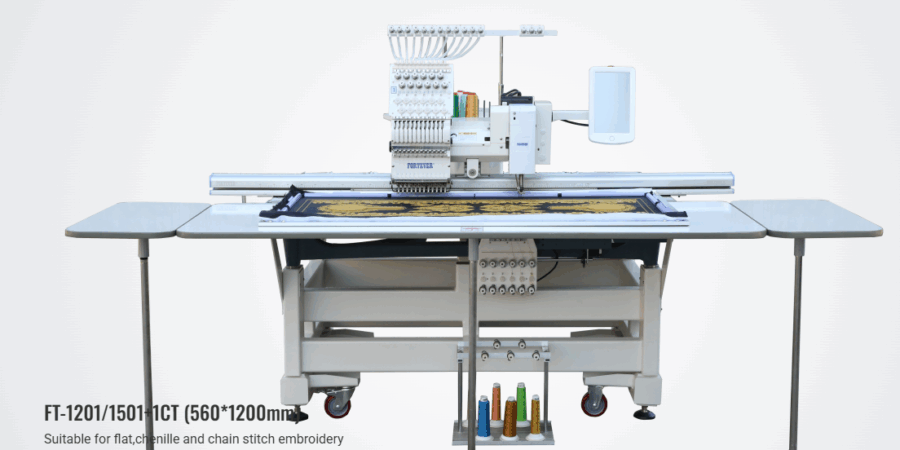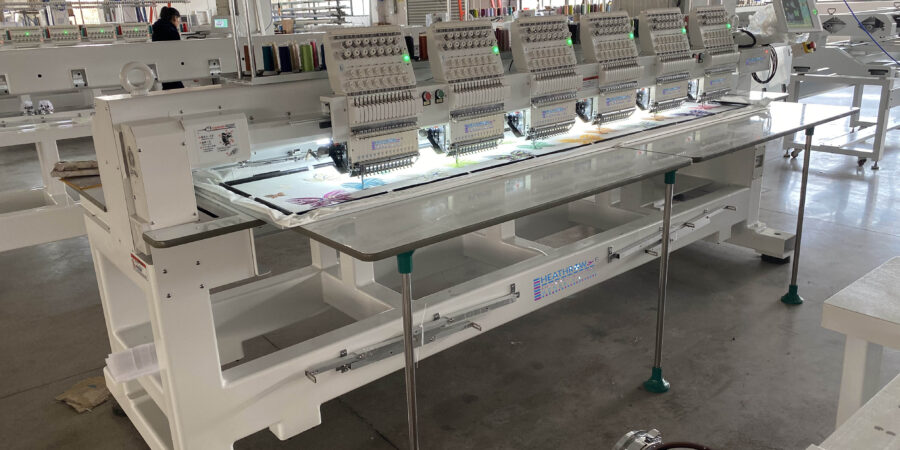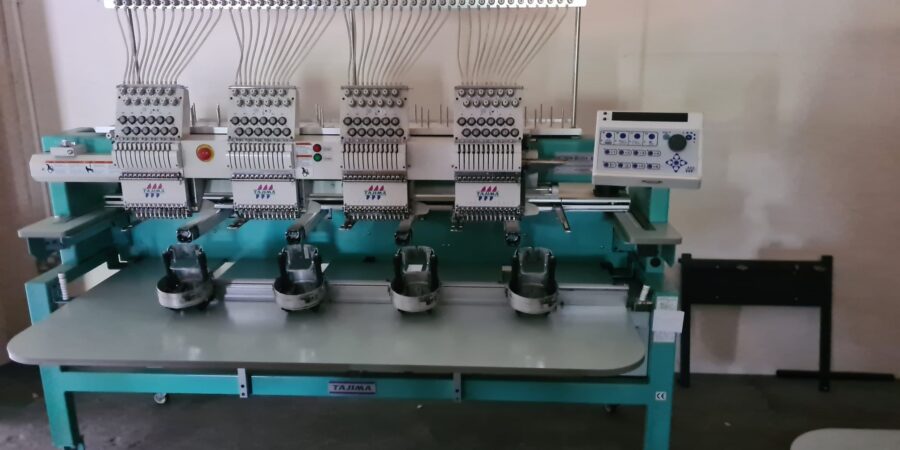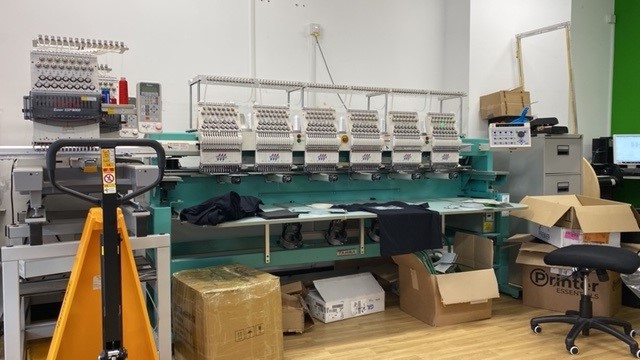Embroidery machines are very powerful tools that bring creativity to life. Whether you’re running a busy shop or a small business at home, you rely on these machines to perform smoothly. Brands like Tajima, Ace-Tex, Ace, Joys, SmartStitch (or Smart Stitch), Uncle Seam, Haftex, and Acetex are well known for their durability. However, like any machine, they need regular maintenance — and sometimes, a few replacement parts.
Why Spare Parts Matter?
No machine runs forever without some wear and tear. Belts can snap, needles may dull, and sensors can fail. But that doesn’t mean your production has to stop.
Keeping a few spare parts on hand always proves very helpful to avoid costly delays. Instead of waiting days for a part to ship, you can fix the issue right away and get back to work.
Common Spare Parts You Always Need
Let’s start with the parts that often need replacing across most embroidery machine brands.
Needles
Needles wear out quickly, especially if you run your machine daily. Bent or dull needles can break threads, damage fabric, or skip stitches. It’s best to replace them regularly — not just when they break.
Tip: Use the right needle for your fabric. For example, heavy denim needs a thicker needle than a lightweight cotton tee.
Bobbin Cases and Bobbin Holders
These small parts play a major role. A damaged or loose bobbin case can affect the embroidery process and cause poor stitching. Many users keep a few extras around just in case.
Rotary Hooks
This part forms each stitch. If it’s damaged or dirty, your thread may break or bunch up. Cleaning it regularly helps, but it may eventually need replacing.
Tension Springs and Discs
Tension problems are a common headache. Sometimes, the culprit is a worn-out spring or disc. Replacing them can simply restore your stitch quality.
Belts and Drive Motors
If your machine starts making odd noises or moving unevenly, the belt might be loose or worn. Motors can also fail over time. Thankfully, replacements are widely available for brands like Tajima, Smart Stitch, and Haftex.
Sensors and Circuit Boards
Modern embroidery machines mostly use sensors to detect thread breaks, hoop position, and more. If your machine stops mid-design, a faulty sensor could be the reason. While circuit boards are more expensive, they’re crucial for keeping your machine running.
Brand-Specific Parts: What to Look For
Different brands may use unique parts, but the basics are quite similar. Here’s what you should know:
Tajima
Tajima is known for high-quality machines. Genuine Tajima parts like presser feet, trimmers, and thread take-up levers are easily available in the market. Avoid the low-quality knockoffs, as they may not endure.
Ace & Ace-Tex
Ace and Ace-Tex machines are user-friendly, but they still need regular care. Their timing belts and thread sensors tend to wear out after long use. Always look for compatible parts listed for your specific model.
Joys & SmartStitch
These brands offer very budget-friendly machines for startups and mid-sized businesses. Keep extra needle bars, bobbin cases, and hoop arms handy. They’re affordable and easy to replace.
Uncle Seam
Uncle Seam machines are gaining popularity for their ease of use. However, some models use less common drive motors or LCD panels. It’s smart to order these in advance if your supplier has longer lead times.
Haftex
Haftex machines are often used in bulk production. That means parts like thread clippers, lubrication systems, and presser feet springs can wear out faster. A maintenance schedule and a solid parts inventory can help avoid downtime.
Acetex
Acetex machines are solid performers in many workshops. Spare control panels, tension units, and a few hooping stations are good to have on hand. Also, check if firmware updates require specific part upgrades.
Useful Accessories to Boost Performance
Spare parts are very essential, but the right accessories can also boost your machine’s output and extend its life.
Embroidery Hoops
A good variety of hoop sizes lets you work on everything from caps to jackets. Quick-change hoops save time and reduce fabric slippage.
Cap Frames
Cap embroidery is a money-maker for many businesses. A sturdy, well-fitting cap frame is very essential. Make sure it matches your machine’s specs.
Thread Stands
A stable thread stand can easily prevent tangles and improve thread feeding. Multi-spool stands are a perfect choice for complex designs.
Lubrication Kits
Don’t wait for the machine to squeak. Proper oiling with the right tools prevents damage and keeps things running smoothly.
Machine Covers and Dust Guards
Some basic accessories like covers can make a very big difference. Dust and lint build-up can easily clog parts and lead to malfunctions.
So, stock up on the essentials. Keep a very simple maintenance log. And when in doubt, contact your machine’s distributor for parts that match your model exactly.
With the right equipment and a little planning, you’ll avoid downtime, improve quality, and keep your embroidery business running strong.



